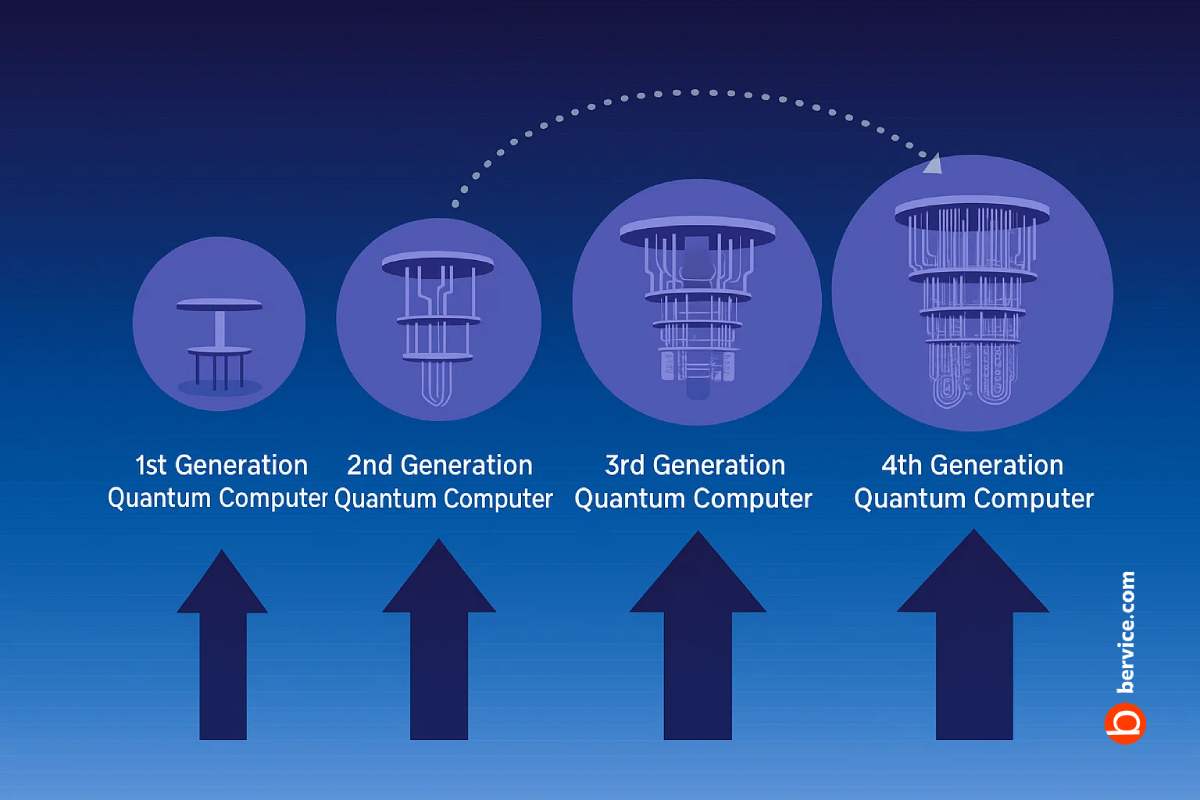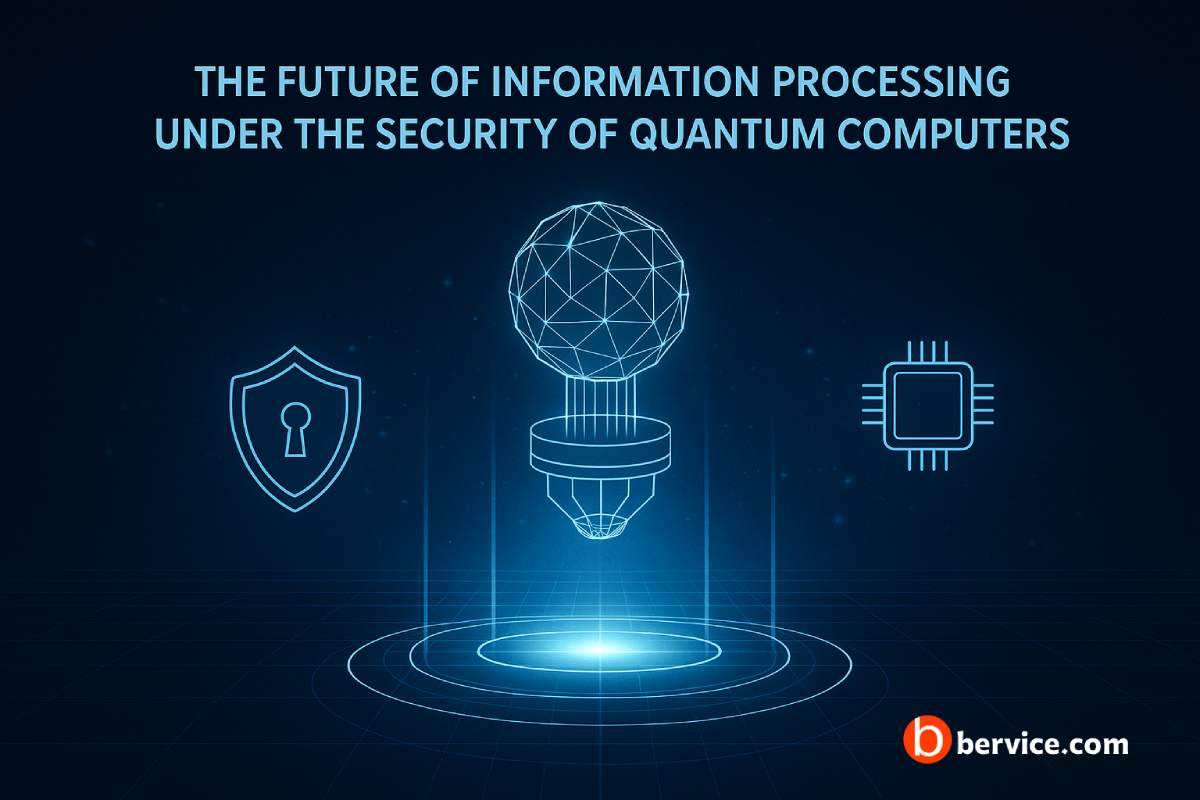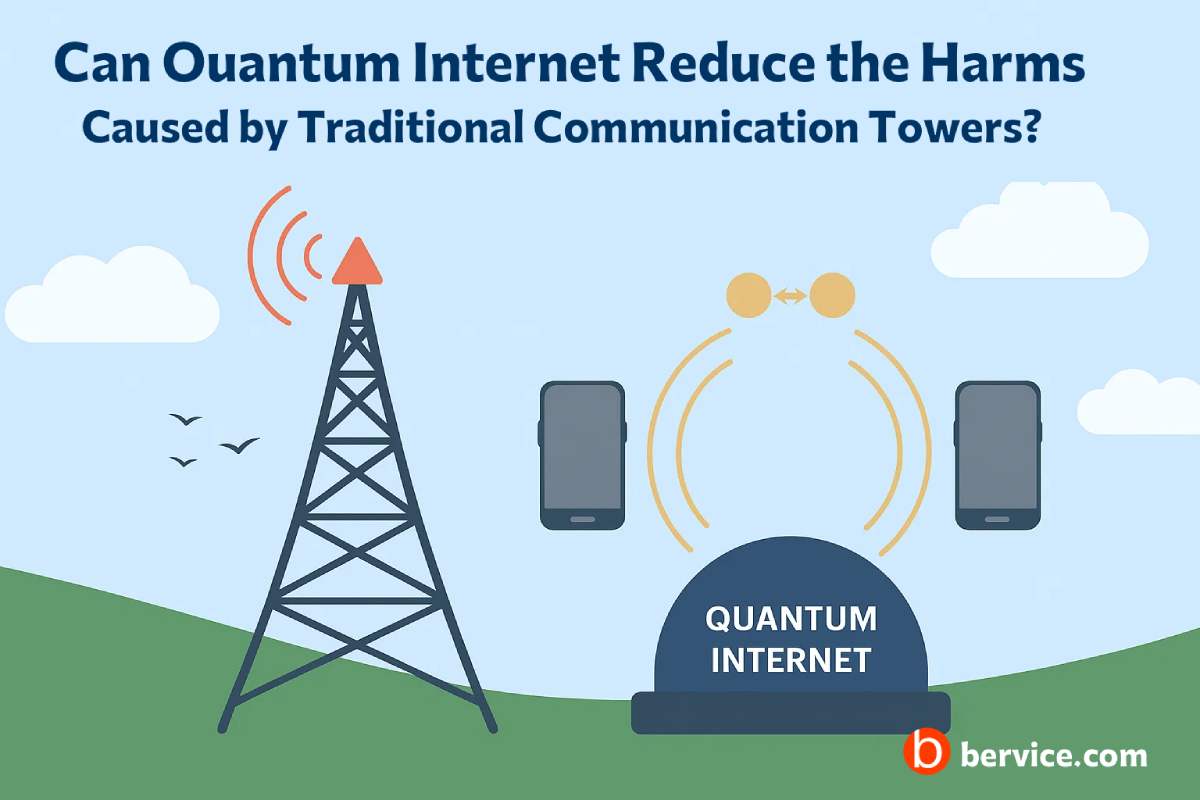
With the rapid advancement of quantum computing, traditional cryptographic methods are becoming increasingly vulnerable. Algorithms that currently secure our data—like RSA, ECC, and DSA—rely on mathematical problems (such as factoring large numbers or solving discrete logarithms) that can be broken by powerful quantum algorithms like Shor’s algorithm. To stay ahead of these threats, cryptographers and researchers are turning to Post-Quantum Cryptography (PQC), a new class of encryption methods designed to withstand quantum attacks.
🔐 What is Post-Quantum Cryptography?
Post-Quantum Cryptography refers to cryptographic algorithms that are secure against both classical and quantum computers. Unlike quantum cryptography, PQC does not require quantum hardware—it runs on classical computers but is based on hard mathematical problems that are believed to be resistant to quantum attacks.
🔒 How PQC Improves Information Security
- Quantum-Resistant Algorithms
PQC algorithms are based on complex mathematical problems such as:- Lattice-based cryptography (e.g., Kyber, NTRU)
- Code-based cryptography (e.g., McEliece)
- Multivariate polynomial cryptography These problems are computationally infeasible for quantum computers to solve efficiently.
- Future-Proofing Data
Even if quantum computers capable of breaking RSA or ECC don’t exist yet, encrypted data captured today can be stored and decrypted in the future. PQC helps future-proof sensitive information by ensuring it remains secure—even decades later. - Secure Digital Signatures
PQC also includes post-quantum digital signature schemes (like Dilithium and Falcon) that prevent forgeries by attackers equipped with quantum computers. - Compatibility with Existing Infrastructure
One of the key advantages of PQC is that it’s designed to work with today’s internet and hardware infrastructure, making migration feasible without requiring a full system overhaul. - Hybrid Security Models
PQC can be implemented alongside traditional algorithms in hybrid encryption setups. This layered approach ensures protection from both classical and quantum threats during the transition phase.
🛡 Real-World Applications
- Secure Communication: End-to-end encrypted messaging apps and VPNs can adopt PQC to safeguard against future decryption attempts.
- Blockchain: Cryptocurrencies and smart contracts may integrate post-quantum signatures to prevent transaction spoofing in a post-quantum era.
- IoT Security: Lightweight PQC algorithms are being optimized to protect connected devices with limited computational power.
🚀 The Role of NIST and Standardization
The U.S. National Institute of Standards and Technology (NIST) has been leading the global effort to standardize PQC algorithms. In 2022, NIST announced selected candidates like CRYSTALS-Kyber for encryption and CRYSTALS-Dilithium for digital signatures, which are expected to be adopted as global standards in the near future.
🌐 Conclusion
Post-Quantum Cryptography represents a critical evolution in information security. By developing and adopting PQC algorithms now, we can protect sensitive data against the threats posed by future quantum computers. Organizations, governments, and developers should begin exploring PQC integration today to stay secure tomorrow.
Connect with us : https://linktr.ee/bervice





